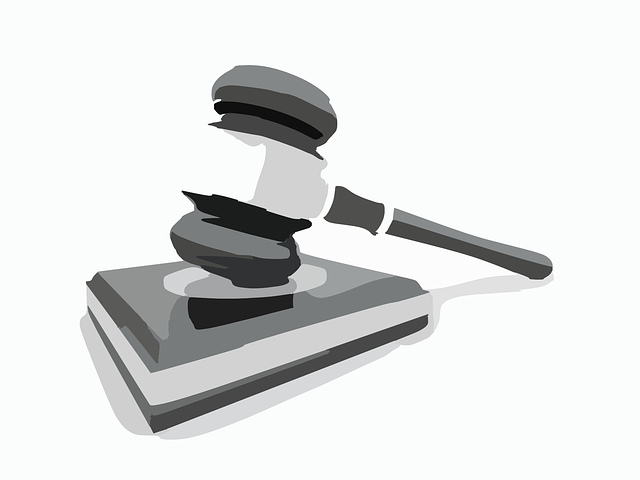Remote legal work faces challenges in communication and collaboration, requiring law offices to invest in suitable law office equipment such as video conferencing tools, secure document sharing platforms, and project management software. High-speed internet, robust computers, and specialized legal software are essential for productivity and organization. Strategic technology implementation, including adjustable desks and ergonomic chairs, enhances remote workspace efficiency while ensuring data confidentiality through encrypted hardware and secure cloud storage. Comprehensive training and support systems further empower remote legal teams to maintain professional dynamics and job satisfaction.
In today’s digital age, remote work is transforming legal practices. Equipping a remote legal workforce for success requires understanding unique challenges and implementing strategic solutions. From securing efficient and productive spaces to empowering teams with technology, each aspect plays a crucial role. This article delves into the essential law office equipment, ergonomic design considerations, and effective communication strategies vital for thriving remote legal operations.
- Understanding the Unique Challenges of Remote Legal Work
- Essential Law Office Equipment for Efficient and Secure Remote Operations
- Creating a Productive Remote Workspace: Design and Ergonomics
- Empowering Remote Legal Teams with Technology: Communication, Training, and Support Strategies
Understanding the Unique Challenges of Remote Legal Work
Remote legal work presents distinct challenges that differ from traditional office settings. One of the primary hurdles is ensuring effective communication and collaboration among team members scattered across various locations. Legal professionals rely heavily on face-to-face interactions for complex discussions and client meetings, which can be difficult to replicate virtually. This shift demands an adjustment in workflow processes and a strong emphasis on adopting suitable law office equipment for remote work, such as reliable video conferencing tools, secure document sharing platforms, and efficient project management software.
Additionally, maintaining productivity and staying organized in a remote environment is crucial. Law offices must provide their remote workforce with the right technology and resources to access case files, research materials, and legal databases remotely. Adequate law office equipment includes high-speed internet connections, robust computers or laptops, and specialized software tailored to legal needs. By addressing these unique challenges through appropriate tools and equipment, legal teams can foster a productive and cohesive remote work environment.
Essential Law Office Equipment for Efficient and Secure Remote Operations
For a remote legal workforce to function at its peak, investing in the right law office equipment is paramount. Essential tools include secure high-speed internet connections, reliable video conferencing software, and robust document management systems. These facilitate seamless communication among team members, clients, and colleagues, ensuring efficient case management and swift response times.
Additionally, a combination of encrypted hardware, such as laptops with strong security features, virtual private networks (VPNs), and secure cloud storage solutions, is crucial for maintaining data confidentiality and integrity. This law office equipment and software ensemble allows lawyers to work remotely while preserving the level of professionalism, access, and security expected in the legal industry.
Creating a Productive Remote Workspace: Design and Ergonomics
Creating a productive remote workspace is paramount for any law office looking to equip its workforce for success in a virtual environment. The design and ergonomics of this space play a significant role in fostering efficiency, minimizing strain, and enhancing overall job satisfaction. A well-organized, visually appealing, and ergonomically sound setup can significantly improve focus and productivity levels.
Investments in high-quality law office equipment such as adjustable desks, ergonomic chairs, and proper lighting are essential. These foundational elements ensure comfort and support for extended periods of work, reducing the risk of physical fatigue and related health issues. Additionally, incorporating technology that facilitates seamless communication and collaboration tools can create a cohesive digital environment that mirrors the dynamics of an in-person office while maintaining a professional setting.
Empowering Remote Legal Teams with Technology: Communication, Training, and Support Strategies
Empowering remote legal teams requires a strategic approach to technology implementation, focusing on effective communication tools, comprehensive training programs, and readily available support systems. By providing the right law office equipment, such as secure video conferencing platforms, cloud-based document management systems, and collaborative software, firms can ensure their remote workforce remains connected and productive. These technologies facilitate seamless interaction among team members, clients, and stakeholders.
Training is pivotal to equip legal professionals with the skills needed to navigate these digital tools effectively. Workshops and webinars should be organized to demystify new software, covering everything from basic functions to advanced features. Ongoing support mechanisms, including readily accessible help desks and comprehensive online resources, are essential for troubleshooting technical issues promptly. Regular feedback sessions can also gauge the team’s comfort levels with technology, allowing for tailored interventions and continuous improvement in their digital proficiency.
Equipping a remote legal workforce for success requires addressing unique challenges and implementing effective strategies. By providing essential law office equipment, fostering ergonomically designed productive workspaces, and empowering teams with robust technology, legal professionals can ensure secure and efficient remote operations. Investing in these areas not only enhances productivity but also contributes to the overall well-being of remote workers, ultimately driving better outcomes for both the firm and its clients.
